Soeteboom and Hornersluis pumping station
Hidden away in the urban area of Zaandam lies pumping station Soeteboom. The observant observer can see through the windows the huge driving wheels of the screw pump. Remarkably, the pumping station was built on top of the old Hornersluis in the Noorder IJ- en Zeedijk.
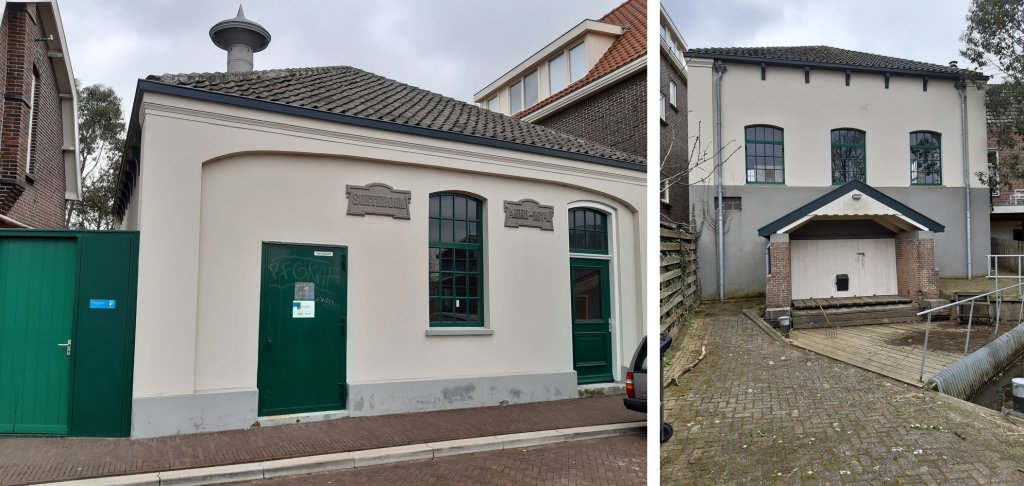
Steam Pumping Station
Pumping station Soeteboom was originally a steam pumping station. It was built in 1873-1874, making it the oldest pumping station in the Zaan region. The reason for its construction was the burning down of one of the three mills of the polder Westzaan. To save on foundation costs, the pumping station was placed on the old Hornersluis. The pumping station is named after the 17th-century regional historian Hendrick Jacobsz. Soeteboom. He was the first to compile a historical description of the Zaan region.
In 1917, the steam engine gave way to an electric motor and the chimney was removed. The electric motor had a power of 80 hp and the capacity of the pumping station was then 120 cubic meters of water per minute. The pumping station served the Westzaan polder until 1982. Then pumping station Overtoom took over Soeteboom's work. This pumping station was built in 1980-1982 by Waterschap Het Lange Rond, into which the Westzaan polder had merged in 1977.
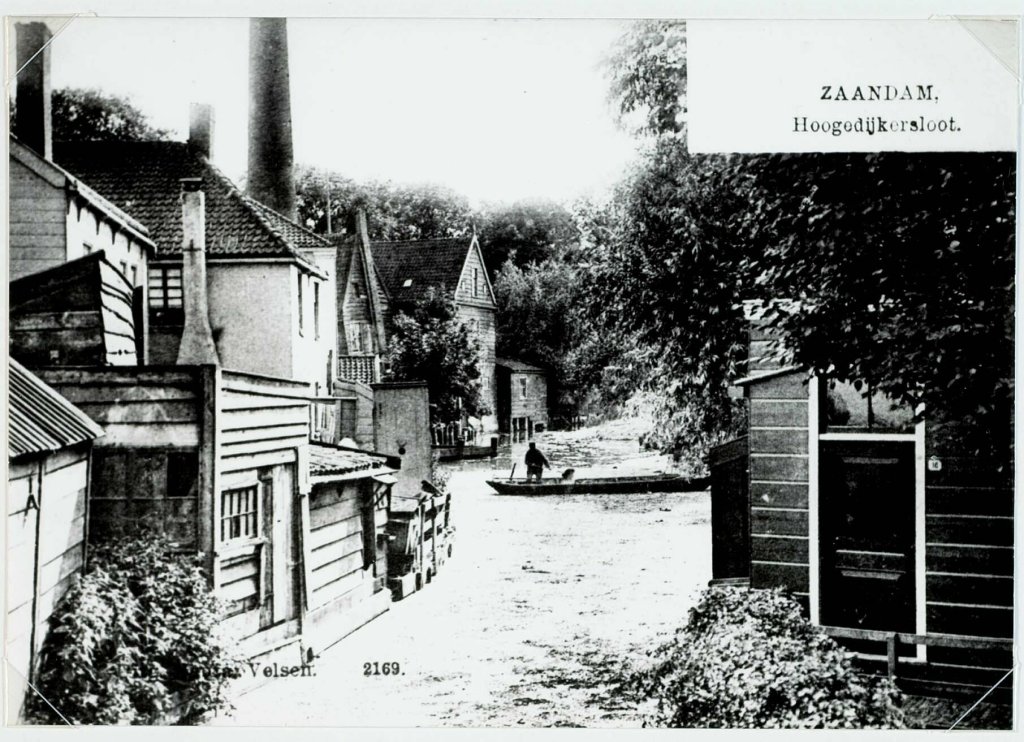
Nevertheless, Soeteboom pumping station is still in service today, although its function has changed. During heavy precipitation, the pumping station still runs, but its most important task today is that of flushing. The water quality in the ditches behind it leaves much to be desired. There is little current in the water while the pollution load is high. With the help of the pumping station, the ditches are therefore flushed regularly.
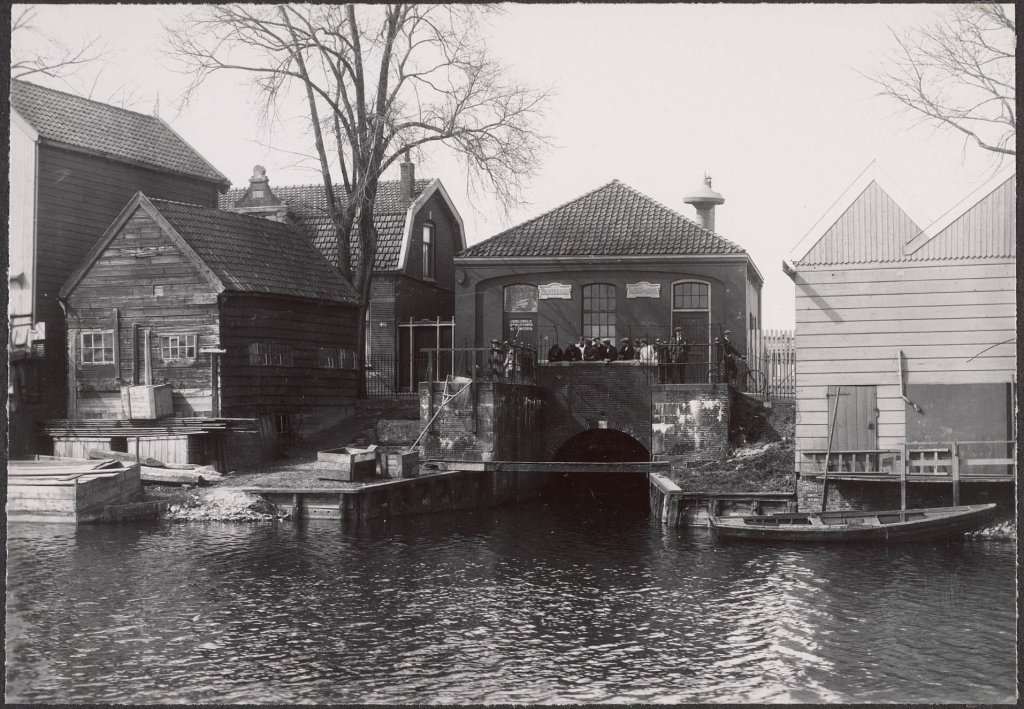
In the pumping station there is still the old drive system with three driving wheels coupled by wide flotation belts. The combs are made of nylon, but originally of vinegar wood. The auger still serves today. A modern electric motor provides the drive. The current capacity of the pumping station is 30 cubic meters of water per minute.
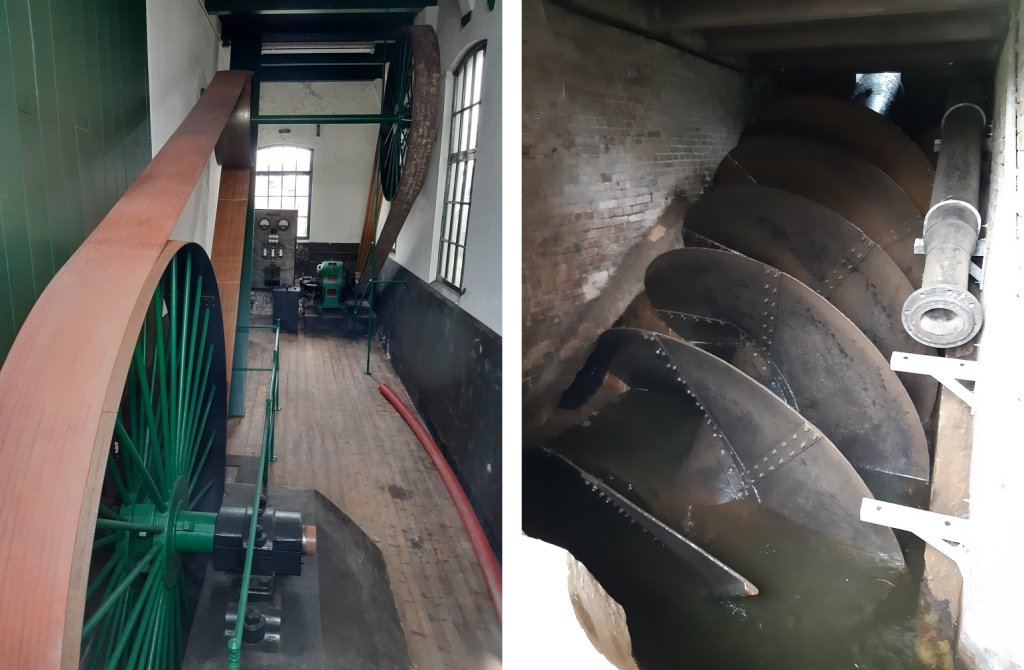
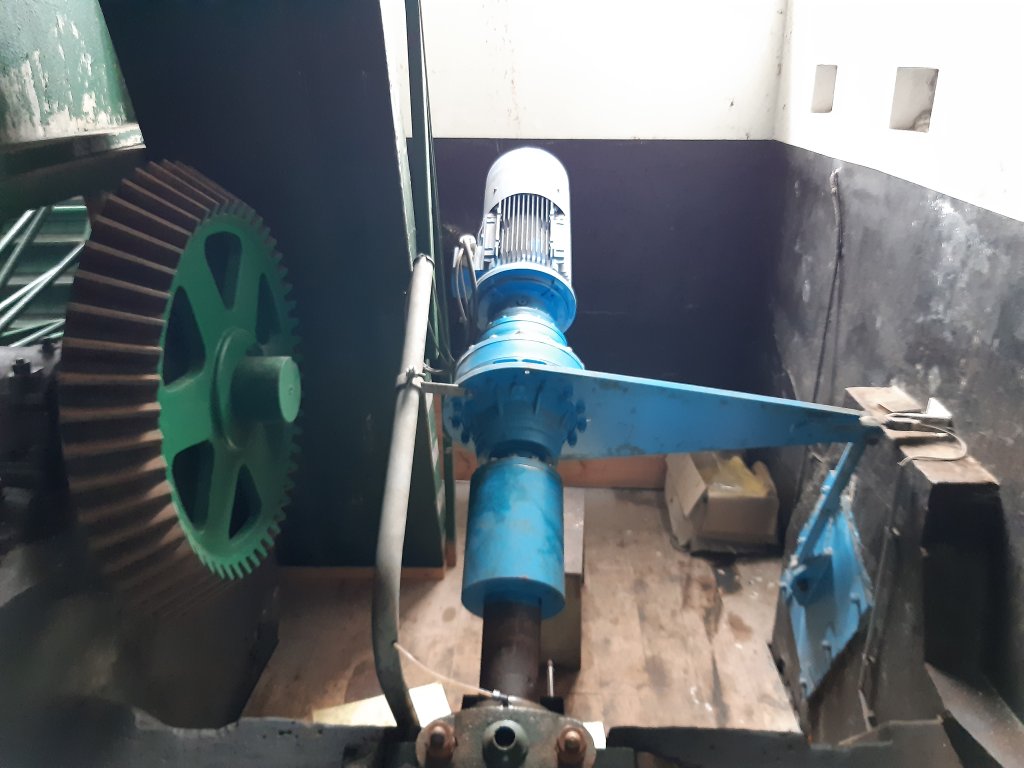
The area manager visits once a week to clean the duckweed fence and refill oil. The pumping station is not accessible, although additional windows have been installed at the front to make the drive system more visible. There are three doors in the intermediate space of the pumping station. Presumably these were closets and a bedstead.
Horners Lock
The Horner or Jaap Kraft lock dates back to the 17th century and was first made of wood. In 1703, the lock was totally renewed in brick. A plaque in the lock commemorates the laying of the foundation stone on June 4 of that year. At the time, the Hornersluis was a sea lock in the Noorder IJ and Zeedijk along the IJ. This was in open connection with the Zuiderzee. This changed in 1870-1876 with the construction of the North Sea Canal. Then the IJ was largely reclaimed. In October 1872, the polder board decided to lift the lock and use it as the foundation and outer water course of the new Soeteboom pumping station. The name of the Hornersluis refers to the Horn (horn = corner), a piece of land protruding in the water that also gave the name to the nearby Hoge and Lage Horn.
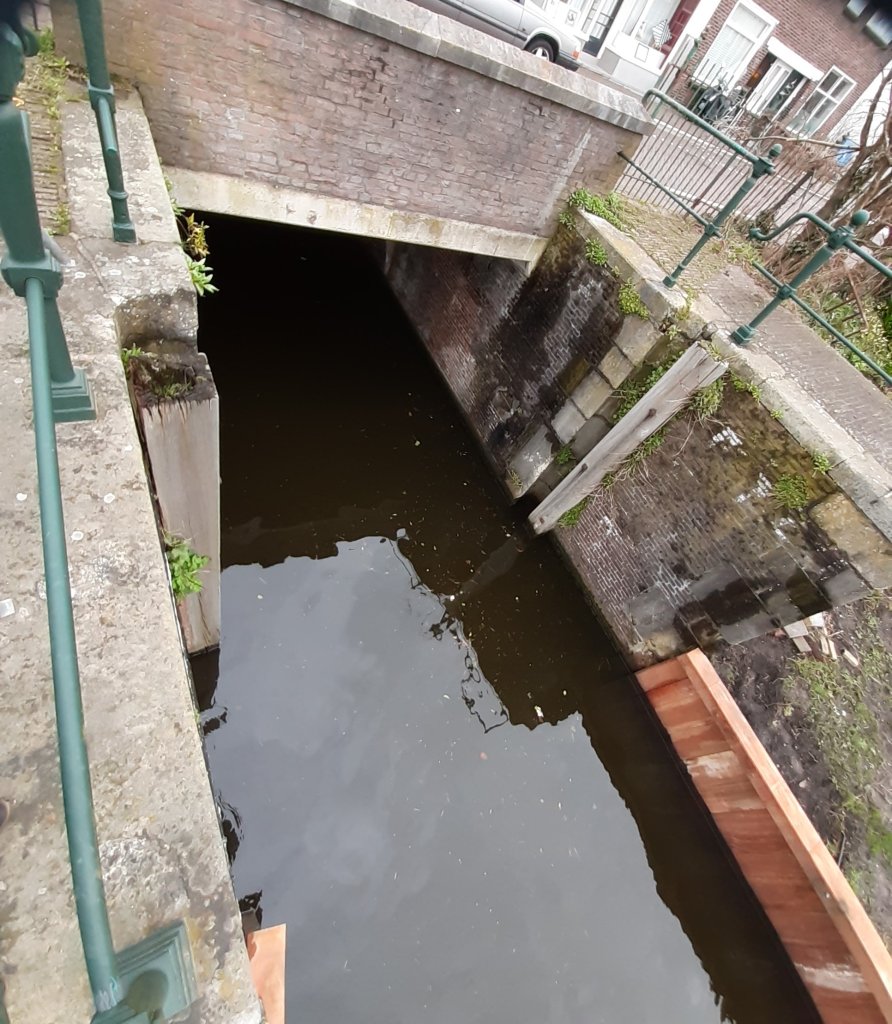
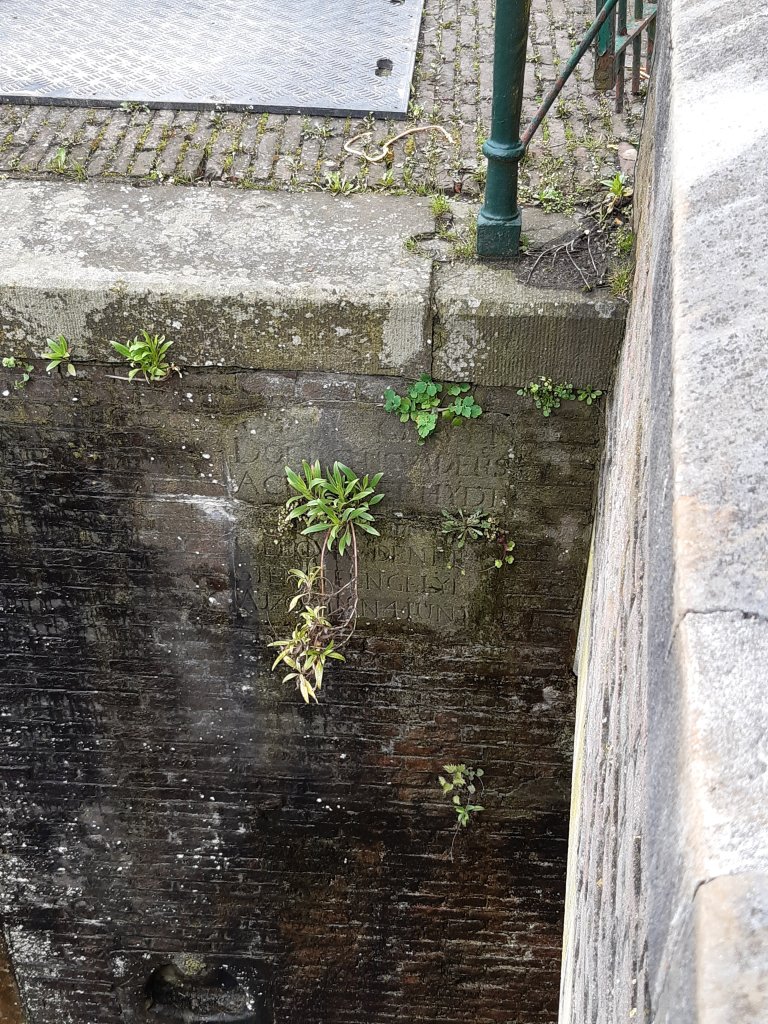
In addition to the plaque, there are horizontal survey marks in the front of the lock walls. The western lock wall reads "1732 II" and the eastern lock wall reads "27. Both the memorial stone and the level marks are protected as provincial monuments.
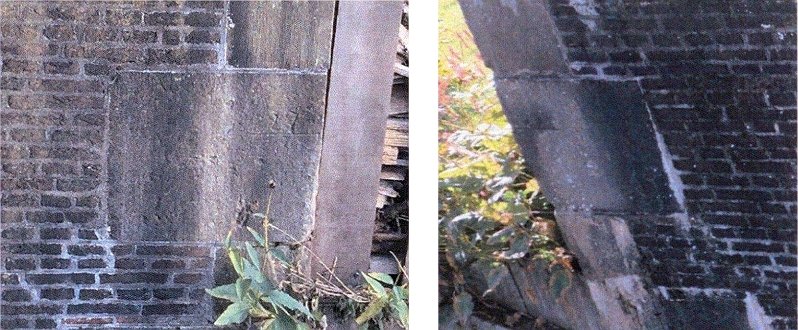
Additional
- YouTube video from HHNK
- Hiking: The Rondje Gouw of the Wandelnetwerk Noord-Holland is a fairly long circular walk around the Gouw and its open peat meadow area. You walk along the green west side of Zaandam, over the Noorder IJ- and Zeedijk and through the long and attractive village ribbon of Westzaan.
- Hiking: HollandRoute's Rondje Zaanoever takes you along the eastern and western banks of De Zaan.